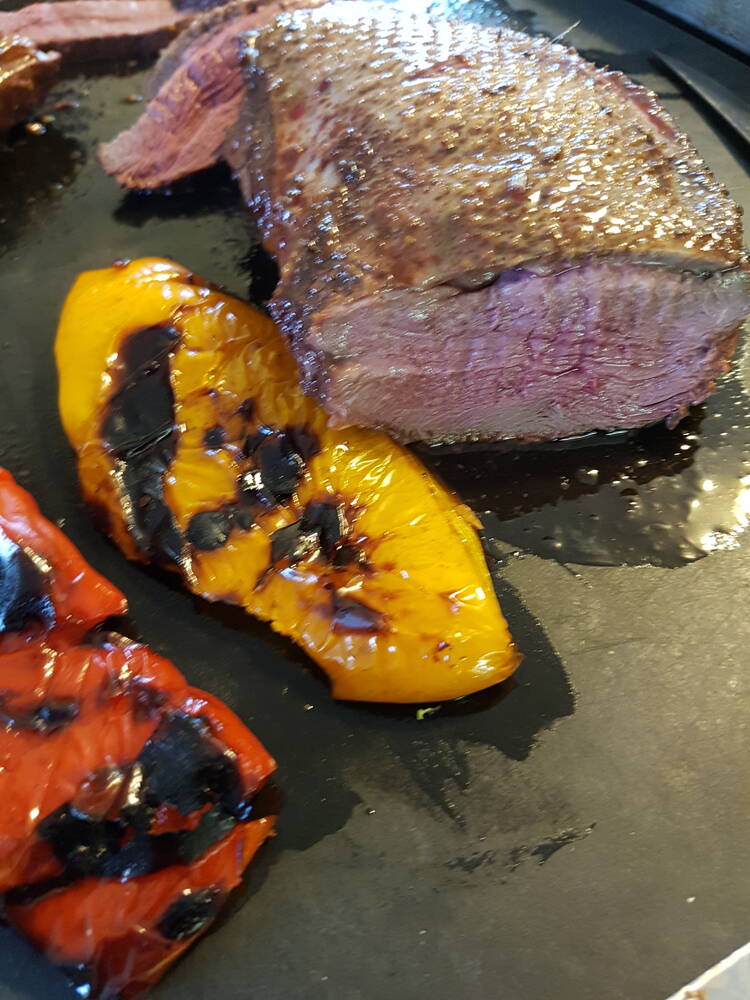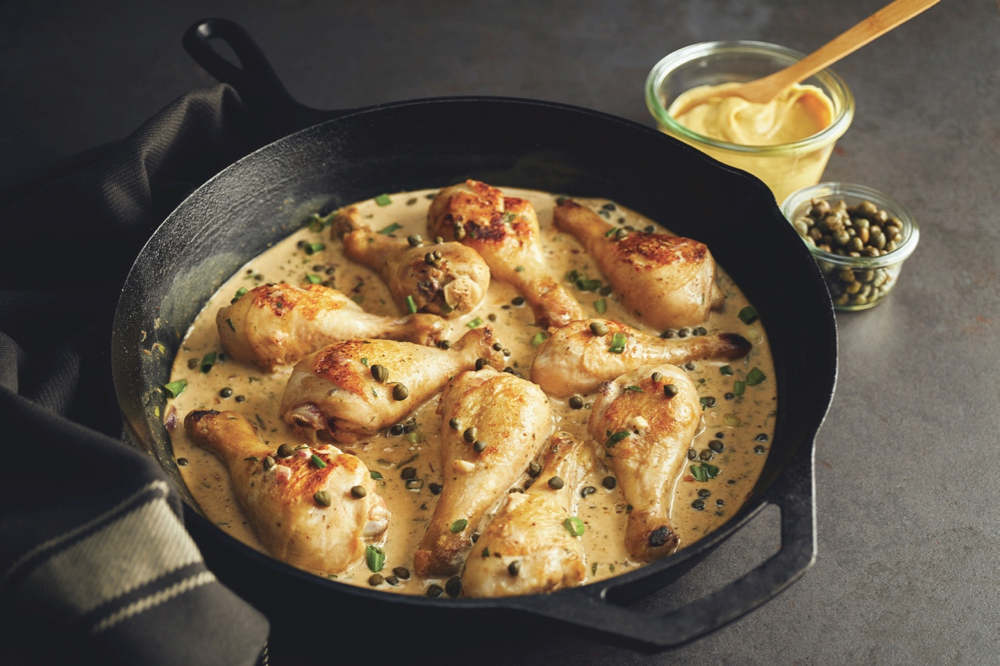Kohlrabi is a nutritional powerhouse. Not only is it high in dietary fibre, but it is packed with vitamins and minerals. High in vitamins C, E and A, it also has significant amounts of various B vitamins, as well as vitamin K. As if that were not enough, kohlrabi also contains folate as well as trace minerals our bodies require to keep functioning in a healthy manner: iron, magnesium, phosphorus, manganese, copper and selenium.
Until this year I enjoyed kohlrabi in the summer by growing the ordinary varieties – I think the most common is “Vienna” – but by summer’s end the kohlrabi remaining in the garden began to split and the flesh became tough and unpalatable. This spring I ordered seed from a U. S. seed company and purchased a variety called “Kossack.” Named after the fearsome warriors of Ukraine, this kohlrabi variety is indeed a titan.
Read Also

Giant Canada geese have gone wild in Manitoba
Giant Canada geese are seemingly everywhere and can be fine table fare for local hunters, but 70 years ago, they were borderline extinct.
Although “Kossack” kohlrabi develops into huge “heads,” it is very resistant to splitting and its flesh does not get tough and stringy as it matures. Indeed, the reason I purchased the seed is that it was touted to be a “storage” kohlrabi that would hold well in the garden but also could be harvested and stored for up to four months. I was excited to try to grow a kohlrabi that could be enjoyed not only during the summer but also throughout much of the winter.
I harvested the final bunch of “Kossack” in late October and put them in a refrigerator in the garage that is used to store other produce such as carrots, cabbage, parsnips, beets and apples. Sure enough, the “Kossack” kohlrabi have kept well – so far at least – and every one that I take out of the fridge to use is crisp and delicious. It will be interesting to see how late in the winter they will store – if they’re not all used up before I find out!
I eat most kohlrabi raw, but it can be cooked as well. It is a welcome addition to vegetable soups and stews, used just as turnip would be. It also can be braised on the top of the stove in a bit of olive oil, or included in a fall vegetable roast. It can be boiled or steamed and then mashed. It is that crisp, fresh taste of raw kohlrabi, however, that I most enjoy.
The word kohlrabi has German roots: kohl meaning cabbage and rabi meaning turnip. It indeed has a mild cabbage/ turnip flavour, with a hint of radish as well. It is too bad more gardeners don’t include this very nutritious vegetable in their vegetable patches, as it is as easy to grow as cabbage. It also has the same pest problems, namely flea beetles and cabbage worms, but barriers or insect dust will protect the plants from these pests. Kohlrabi grows quickly and can be direct seeded into the garden. Perhaps you will try some next year, and if you have suitable storage space, you might like to try the “Kossack” variety.
– Albert Parsons writes from Minnedosa, Manitoba
———
Thewordkohlrabihas Germanroots:kohl meaningcabbageand rabimeaningturnip.














